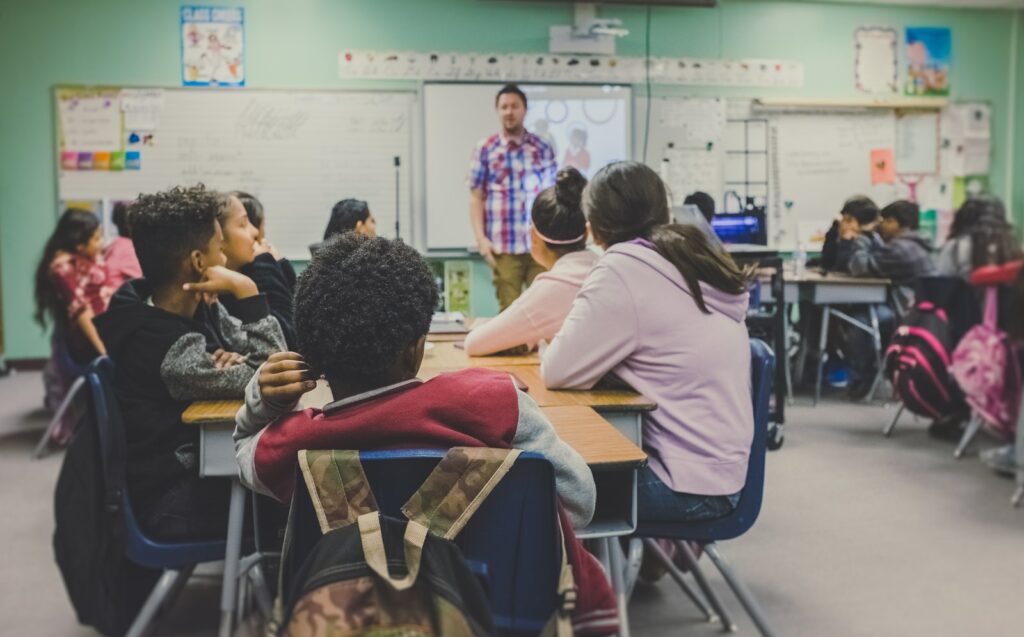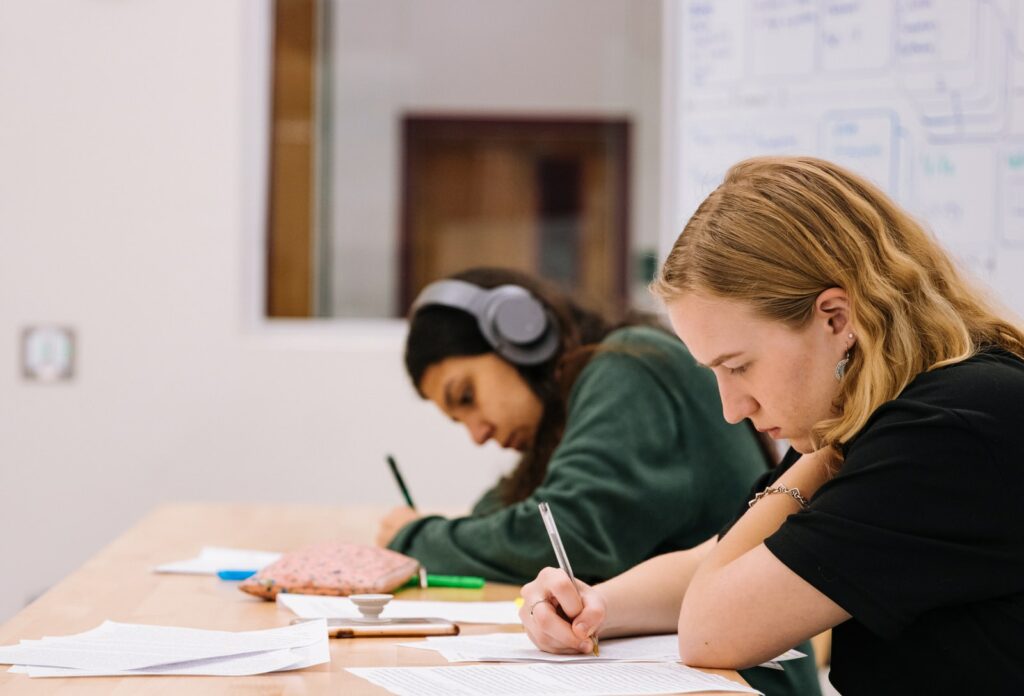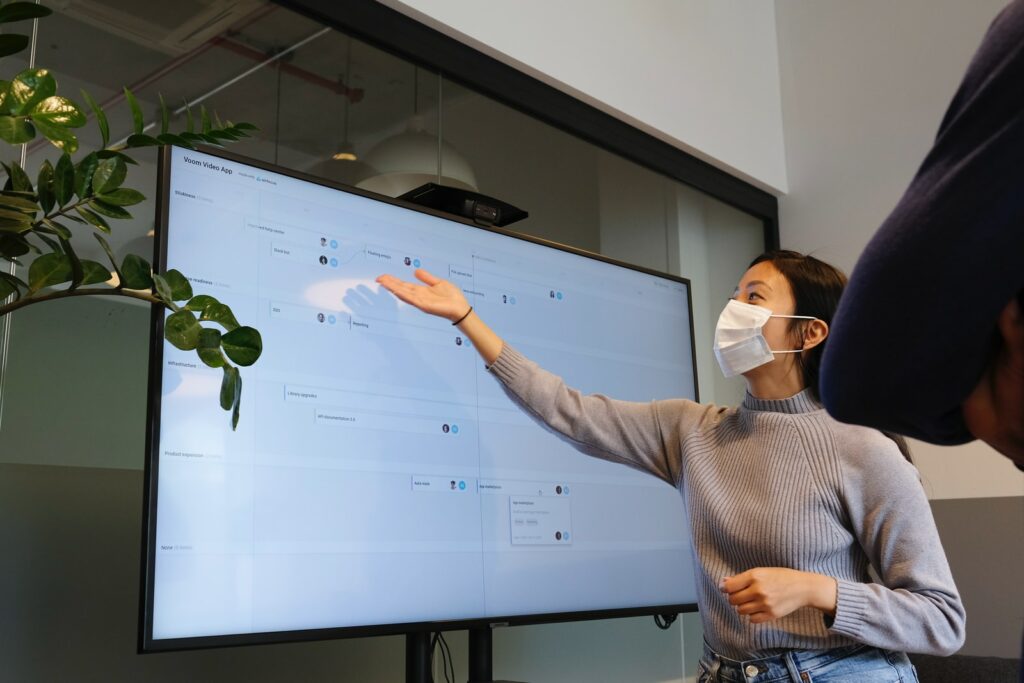Introduction
Do you have to give a presentation for school, but you don’t know how to create a video? Here are some tips to help you make a video presentation that will impress your teachers and classmates. First, choose the topic of your presentation. Then, come up with a catchy title for your project. Next, write out your speech or create a rough draft. Once you have your content ready, it’s time to start filming! be sure to use good lighting and capture interesting visuals. Finally, edit your footage and add music and effects if desired. When you’re finished, you’ll have an amazing video presentation that will wow everyone in attendance!
Contents
- Introduction
- The purpose of a video presentation for school
- The benefits of using video in the classroom
- How to create an engaging and effective video presentation for school
- The best practices for using video in the classroom
- Why make a video presentation for school?
- What are the benefits of making a video presentation for school?
- How to make a video presentation for school?
- What are the steps involved in making a video presentation for school?
- How to choose a topic for your video presentation for school?
- How to script your video presentation?
- How to storyboard your video presentation?
- How to create slides for your video presentation?
- How to record your video presentation?
- How to edit your video presentation?
- How to add music and sound effects to your video presentation for school?
- How to export your video presentation for school?
- How to share your video presentation for school?
- FAQs about making a video presentation
- Tips for making a successful video presentation
- Things to avoid when making a video presentation
- Conclusion
The purpose of a video presentation for school
A video presentation is a great way to share information with classmates. When used in a school setting, they can be an effective tool for presenting research, displaying projects, or demonstrating concepts learned in class. Videos can also be used to supplement a written report or essay. By including visual information, a video presentation can provide a more complete picture of the topic at hand. When used effectively, video presentations can be a valuable addition to any classroom.

The benefits of using video in the classroom
More and more, teachers are using video in the classroom to supplement traditional instruction. And there’s a good reason for it – studies have shown that using video can improve student engagement, comprehension, and retention. When used effectively, video can be an invaluable tool for teaching complex concepts, sparking discussion, and providing a different perspective on a topic. Additionally, video can be a great way to introduce new material or review what was covered in class. With so many educational videos available online, there’s no shortage of resources for teachers to draw from. When used thoughtfully, video can be a powerful asset in the classroom.

How to create an engaging and effective video presentation for school
To create an engaging and effective video presentation for school, there are a few things you should keep in mind. First, it is important to have a clear and concise message. If your presentation is too long or rambling, your audience will quickly lose interest. Second, make sure to use visuals effectively. A well-chosen image can convey a lot of information in a short amount of time. Finally, don’t forget about sound. Be sure to choose background music that sets the right tone for your presentation and avoid any sounds that might be distracting or confusing for your audience. By following these tips, you can create a video presentation that will capture your audience’s attention and communicate your message effectively.
The best practices for using video in the classroom
In an age where nearly every student has a smartphone in their pocket, it’s no surprise that video is increasingly being used as a teaching tool in the classroom. When used effectively, video can be a powerful way to engage students and capture their attention. However, there are a few best practices to keep in mind when using video in the classroom. First, it’s important to choose videos that are high-quality and relevant to the material being covered. Poorly made or irrelevant videos will only serve to distract students and make them less likely to retain information. Secondly, be sure to use caution when showing videos that are sourced from the internet. The internet is full of informative videos, but it’s also full of false or misleading information. Only show

Why make a video presentation for school?
In an increasingly digital world, students need to learn how to effectively communicate through video. A video presentation can be a great way to showcase your knowledge on a particular subject, and it also allows you to be creative in your expression. When making a video presentation for school, it’s important to plan out your content and practice beforehand so that you can deliver your message clearly and confidently. With some careful planning and practice, you can make a video presentation that will impress your teacher and classmates alike.
What are the benefits of making a video presentation for school?
There are many benefits to making a video presentation for school. For one, videos are an engaging way to capture and hold attention. They also allow for a more multimedia approach to presentations, which can help make complex concepts more understandable. Additionally, videos can be edited and re-watched as needed, which can be a valuable tool for both students and teachers. Finally, video presentations can help to create a more visual learning experience, which can be beneficial for many students. Overall, there are many reasons why making a video presentation for school can be a great idea.

How to make a video presentation for school?
A video presentation can be a great way to engage your classmates and get your point across. Here are a few tips to ensure that your video presentation is successful:
1) Plan. Decide what point you want to make, and what evidence you will need to support it. Make sure that your argument is clear and concise.
2) Keep it short. Your classmates likely have short attention spans, so make sure that your video is under five minutes in length.
3) Be creative. Use graphics, music, and animation to add interest to your presentation and keep viewers engaged.
4) Practice. Before you film your presentation, practice it several times so that you are comfortable with the material and delivery. This will help you come across as confident and polished when you present your final product.
5) Ask for feedback. Once you’ve completed your video, show it to a few trusted friends or family members and ask for their honest feedback. This will help you identify any areas where you can improve before you share your video with the class.

What are the steps involved in making a video presentation for school?
Creating a video presentation for school can seem like a daunting task, but with a little planning and creativity, it can be easy and fun! The first step is to decide on your topic. Once you have a general idea of what you want to discuss, start doing some research. Look for reliable sources of information and take notes on key points. Next, it’s time to start putting together your presentation. Create an outline of what you want to say and begin working on the visuals. If you’re using PowerPoint, add transitions and effects to make your presentation more engaging. Finally, practice delivering your presentation aloud so that you’re comfortable with the material before recording the final version. With these simple steps, you’ll be able to create a video presentation that will impress your teachers and classmates alike!
How to choose a topic for your video presentation for school?
There are many factors to consider when choosing a topic for your video presentation. The first step is to determine the purpose of the video. Are you trying to inform, entertain, or both? Once you know the purpose of the video, you can narrow down your choices. If you’re trying to inform your audience, choose a topic that is both interesting and informative. If you’re trying to entertain your audience, choose a topic that is both entertaining and informative. Remember, the most important thing is to choose a topic that will keep your audience engaged from beginning to end. Thanks for watching!
How to script your video presentation?
You’ve likely seen a less-than-professional video presentation or two in your lifetime. Shaky camera work, unclear audio, and a complete lack of direction can make for a pretty cringe-worthy experience. But it doesn’t have to be that way! With a little bit of planning and preparation, you can create a video presentation that’s both informative and engaging.
The first step is to write a script. This may seem daunting, but it doesn’t have to be perfect – just get your thoughts down on paper (or screen). Once you have a rough idea of what you want to say, you can start planning your shots. If you’re using PowerPoint slides, for example, you’ll want to make sure the camera shows both the speaker and the slides. If you’re including video footage, you’ll need to decide how to incorporate it into your presentation.
When you’re ready to start recording, make sure the lighting is good and the audio is clear. It’s also a good idea to have a friend or family member on hand to operate the camera – that way you can focus on delivering your presentation.
How to storyboard your video presentation?
A storyboard is a visual outline of your video presentation. It is a great way to plan out your ideas and ensure that your video flows smoothly. To create a storyboard, start by sketching out each scene of your video. Then, add notes about what happens in each scene and what you want to say. Once you have a rough outline, you can start creating your storyboard in a more precise way. For each scene, draw a few keyframes that capture the action. Then, add dialogue and narration to fill in the gaps. Finally, review your storyboard to make sure that it tells a coherent story and that all of the scenes flow together logically. By taking the time to storyboard your video presentation, you can ensure that your final product is professional and polished.
How to create slides for your video presentation?
There are a few things to keep in mind when creating slides for your video presentation. First, use images and graphics sparingly. Too much information on the screen can be overwhelming for viewers and make it difficult to focus on the main points of your talk. Second, use simple, easy-to-read fonts and large text sizes. This will help ensure that your audience can see and read your slides even if they’re watching on a small screen. Finally, consider using animation and transitions sparingly. Too many moving elements can be distracting, so use them only when necessary. By following these simple tips, you can create slides that are both informative and visually appealing.
How to record your video presentation?
When giving a video presentation, it is important to be aware of your surroundings and take the time to set up your camera accordingly. You want the focus of your presentation to be on you and your content, not on any distractions in the background. If possible, find a quiet location with good lighting and a clean, simple backdrop. Place your camera at eye level, or slightly above, so that you are looking directly into the lens when speaking. Begin by introducing yourself and providing an overview of what you will be discussing. Then, launch into your presentation. Remember to speak slowly and clearly, and pause occasionally for emphasis. When you are finished, thank your viewers for their time and invite them to contact you with any questions.

How to edit your video presentation?
Now that you’ve filmed your story, it’s time to edit it! Here are a few tips to help you make your video presentation look its best.
First, check the lighting and sound quality of your footage. If necessary, add brightness or contrast in post-production, or consider using a different location altogether. Make sure your audio is clear and concise by removing any background noise.
Next, take a look at the overall composition of your video. Is it visually pleasing? Does it flow smoothly from one scene to the next? If not, consider rearranging your footage or adding graphics or transitions to help tie everything together.
Finally, watch your video all the way through before posting to make sure there are no technical problems.
How to add music and sound effects to your video presentation for school?
Adding music and sound effects to your video presentation can help to engage your audience and communicate your message more effectively. When choosing music, it is important to consider the tone of your presentation. If you are delivering a serious or educational presentation, it may be best to choose instrumental music that will not distract from your content. However, if you are creating fun or light-hearted video, you may want to select a song with lyrics that match your theme. Once you have chosen the right music, you can add sound effects to emphasize key points or create a mood. For example, you might add the sound of cheering crowds for a celebratory moment or the sound of thunder for a dramatic scene. Used sparingly, music and sound effects can help to add impact and interest to your video presentation.
How to export your video presentation for school?
If you’ve ever put together a video presentation for school, you know how important it is to get the export settings just right. Most school computers can’t handle videos that are too large or in the wrong format, so it’s essential to make sure your presentations are properly formatted before exporting them. The first step is to decide what format you want to use. The most common formats for school presentations are .wmv and .mp4, but there may be others that your school accepts. Once you’ve chosen a format, open your presentation software and go to the Export menu. From there, you should be able to select your desired format and have the option to change the resolution and other settings. Just make sure that the final file isn’t too large or else it may not play properly on your school’s computers. With a little bit of effort, you can ensure that your video presentations are exported correctly and will look great for your classmates.
Now that you have made your video presentation for school, it is time to share it with your classmates. The first thing you need to do is upload your video to a site like YouTube or Vimeo. Once your video is uploaded, you will need to generate a link that you can share with your classmates. You can do this by clicking on the “Share” button and copying the link that is generated. Once you have the link, you can send it to your classmates via email or post it on a shared class document. If you want to ensure that everyone can view your video, you can also embed the video in your email or document. To do this, simply copy the embed code from the site where your video is hosted and paste it into your email or document. With these simple steps, you can easily share your video presentation with your classmates.
FAQs about making a video presentation
These days, more and more teachers are requiring students to create video presentations for school projects. If you’ve never made a video before, the whole process can seem a bit daunting. Here are answers to some frequently asked questions that will help you get started:
1) What kind of equipment do I need?
You don’t need anything fancy to make a good video presentation. A simple webcam or smartphone camera will work just fine. If you want to add some special effects or edit your footage, there are plenty of free software programs available online (like Windows Movie Maker or iMovie).
2) How long should my video be?
It depends on the assignment, but most videos should be between 3-5 minutes in length.
3) What should I include in my video?
Again, it depends on the assignment, but your video should probably include an introduction, a body, and a conclusion. In the introduction, tell your viewers what your video is about and why they should watch it. The body is where you’ll present your information or arguments. And in the conclusion, summarize what you’ve talked about and leave your viewers with something to think about.

Tips for making a successful video presentation
For many students, the thought of giving a presentation can be daunting. However, with a little planning and preparation, anyone can give a great video presentation. Here are some tips to help you get started:
Choose a topic that you are interested in and that you know something about. This will make it easier to prepare and will make your presentation more engaging.
Do some research to learn more about your topic. This will help you to organize your thoughts and create a more detailed presentation.
Create an outline of your presentation. This will help you to stay on track and ensure that your presentation is well-organized.
Practice your presentation several times. This will help you to feel more confident when it comes time to give your actual presentation.
Record your practice presentations so that you can watch them back and see how you can improve.
When it comes time to give your actual presentation, be sure to dress appropriately and speak clearly into the microphone. Remember, you are presenting to an audience so it is important to be professional. Finally, don’t forget to relax and have fun! Giving a successful video presentation is within reach if you follow these simple tips.

Things to avoid when making a video presentation
When it comes to making a video presentation for school, there are a few things you should avoid. First, resist the urge to add special effects. While they may look impressive, they can be distracting and take away from the overall quality of your presentation. Second, make sure the audio is clear and easy to understand. This means using a microphone if necessary and speaking slowly and clearly. Third, keep your video concise and to the point. No one wants to watch a long, rambling video, so try to edit out any unnecessary footage. By following these simple tips, you can ensure that your video presentation makes a great impression.
Conclusion
If you’re looking for an easy way to make a video presentation for school, look no further than Vidbravo. Our online video maker makes it simple and fun to create videos that will impress your teachers and classmates. With our wide range of templates and tools, you can create a video presentation that is truly unique and stands out from the crowd. So what are you waiting for? Try Vidbravo today and see how easy it is to make a great video presentation!